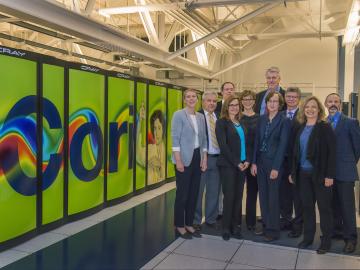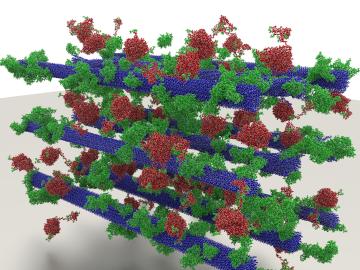
Filter News
Area of Research
Media Contacts

People in cold climates who heat with electricity could realize savings of up to 70 percent with a new heat pump developed by Oak Ridge National Laboratory and Emerson Climate Technologies. The tandem compressor system, developed through a cooperative research and development ag...

The Department of Energy’s Oak Ridge National Laboratory will support four new industry projects announced today as part of DOE’s High Performance Computing for Manufacturing (HPC4Mfg) Program. The program pairs selected companies with national labs, including ORNL...



Ensuring a reliable supply of rare earth elements, including four key lanthanides and yttrium, is a major goal of the Critical Materials Institute (https://cmi.ameslab.gov) as these elements are essential to many clean-energy technologies. These include energy-efficient lighting, ...

Since lasers were first produced in the early 1960s, researchers have worked to apply laser technology from welding metal to surgeries, with laser technology advancing quickly through the last 50 years. Surgery, chemotherapy, and radiation therapy all play important roles...



